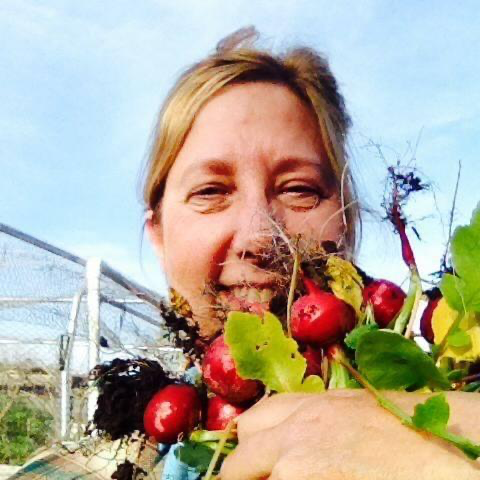How can you go wrong with the plant named for peace?
![]()
By Sharon McCray

Sharon McCray
When I began writing this month’s column I was in the middle of an extensive trip to Australia, Papua New Guinea and New Zealand, visiting botanical gardens, forest/jungle reserves and national parks. What occurred to me during this adventure, is that there is no such plant as a “houseplant.”
No matter where I traveled, I realized that the term “house plant” is a term for plants that all evolved out of doors in native soil in mostly temperate climates, that we humans try to assimilate into our environment.
For us to truly be able to successfully grow so many of these marvelous and delicate plants, we must first understand their evolution. Our efforts to mimic those complex growing conditions determine success or failure with plants growing inside our homes or greenhouses.
Something gets our attention in the nursery and suddenly we have to have it. Usually we make these types of decisions based on eye candy and nothing practical. I, too, have been seduced by brilliant foliage and striking flowers. Success will depend on our skills and adaptability.
While we all know that Mother Nature manages to fertilize everything with her own natural elements, we are left at the mercy of chemical companies, again, trying to alter our soil and provide a natural growing medium for plants.
 And odd as it may seem, many of these plants require no soil whatsoever. Water — how much, how often and where? Some plants do best with warm tap water while others prefer light misting. Light is another big issue. There is a major difference between light and sunlight. Direct sunlight will be challenging for most houseplants.
And odd as it may seem, many of these plants require no soil whatsoever. Water — how much, how often and where? Some plants do best with warm tap water while others prefer light misting. Light is another big issue. There is a major difference between light and sunlight. Direct sunlight will be challenging for most houseplants.
Also taking into account that some window glass blocks certain UV rays that are critical for healthy plant growth. With a little research and common sense, we can have a successful indoor garden, which is especially needed during these gloomy winter days.
Let’s start with a few common “house” plants. African Violets have always been a challenge for me. Native to Kenya, they prefer ambient air temperature between 65 and 80 degrees Fahrenheit and need bright light to bloom. Avoiding direct sunlight is best. Water after the root ball has dried out a bit and no cold water ever, avoiding getting water on the leaves of the plant. Typical Santa Clara Valley water has too many chemicals that will harm African Violets, so if using tap water, it is best to let the water sit overnight, which will allow ample time to off gas any chemicals. Specific pots have been designed for these delicate beauties. These pots allow water and air to reach the roots indirectly, providing a better growing environment. For best results, fertilize on a regular basis with products designed specifically for them.
 Bromeliads are another wonderful house plant with similar light requirements as African Violets, with more humidity. They require little to no fertilizer, prefer to be kept moist but never sitting in water. As far as soil goes, they grow exceptionally well in the temperate forests, clinging to tree trunks and limbs, therefore requiring no soil whatsoever. Bromeliads are native to the Americas but I found them abundant in the tropical forest of the South Pacific and they seem endemic worldwide. When done flowering they will produce a “pup” or offshoot, which will render an entire new plant and another season of enjoyment.
Bromeliads are another wonderful house plant with similar light requirements as African Violets, with more humidity. They require little to no fertilizer, prefer to be kept moist but never sitting in water. As far as soil goes, they grow exceptionally well in the temperate forests, clinging to tree trunks and limbs, therefore requiring no soil whatsoever. Bromeliads are native to the Americas but I found them abundant in the tropical forest of the South Pacific and they seem endemic worldwide. When done flowering they will produce a “pup” or offshoot, which will render an entire new plant and another season of enjoyment.
I always liked Peace Lilies (Spathiphylium in the family of Araceae) and have several around my home. They are my go-to plant for housewarming gifts. They prefer regular water but never sitting in water. Because of their constant need for photosynthesis, they should be placed near a window that will provide a bright spot but again, out of direct sunlight. Keep the leaves dusted and remove spent flowers to encourage new flower production. In Australia, we saw Peace Lilies over nine feet tall but unless you have lots of space and ideal conditions, they will stay a manageable size and bring you lots of pleasure. After all, how can you go wrong with the plant named for peace?
Here’s to getting our hands dirty in 2023.
Sharon McCray is a California native living in Santa Clara County since 1959. She became certified as a University of California cooperative extension master gardener in 1992 and a UCCE master naturalist in 2015. She hosts a monthly radio show on KKUP public radio and is now retired.






